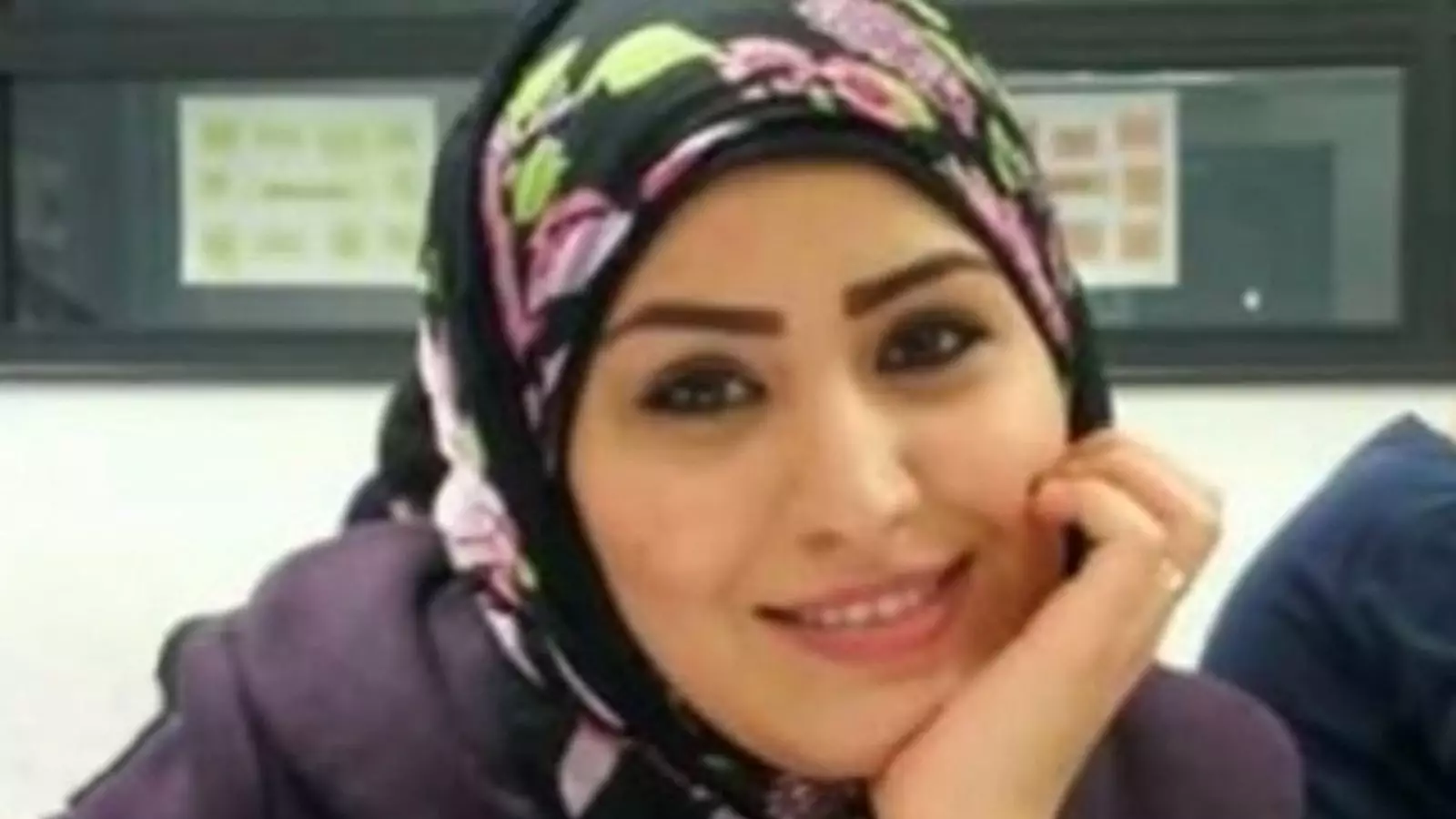The prolonged search for Rania Alayed, a victim of domestic violence and murder, has recently taken a haunting turn in North Yorkshire. Rania was murdered by her husband, Ahmed al Khatib, in 2013, a brutal crime that has left a deep scar on her surviving family members. Despite the conviction of al Khatib, whose life imprisonment was handed down in 2014, the absence of Rania’s body has added an agonizing layer to the family’s grief, leading them to pursue closure over the years through numerous searches.
On Tuesday, a breakthrough came when investigators from Greater Manchester Police (GMP), acting on new evidence, discovered what they believe to be human remains near the A19 highway in Thirsk. While no official identification has confirmed the remains as Rania’s, the police have expressed strong suspicions based on the details at hand. This development could signal a significant step towards justice for both Rania and her family, who have grappled with unresolved pain and sorrow since her murder.
Family’s Heartfelt Response
In the wake of this news, Rania’s son, Yazan, expressed the ambivalent relief that such a discovery has brought. For him and his family, the notion of being able to have a final resting place for their mother, after so many years of uncertainty, feels almost surreal. Yazan’s statements highlight the profound yearning for closure that families of victims often experience—a desire to not only commemorate their lost loved ones but to also find a semblance of peace in their absence.
His remarks underscore the emotional toll that unresolved cases impose on families, illustrating how the journey of healing is often stunted by unanswered questions and the haunting unknown. “To have the ability to lay down a few flowers for my mother is more than I can ask for from this world,” he said, capturing an intensely personal experience that many can empathize with, particularly in cases of violent crime.
A Legacy of Pain and Violence
Detective Chief Inspector Neil Higginson, involved in the case, characterized Rania’s murder as “utterly horrific.” He emphasized the emotional burden that comes with knowing a loved one has suffered, compounded by the absence of their body. The police’s ongoing communication with Rania’s family is crucial; it not only builds trust but also aids in navigating through the complex emotions surrounding the case.
Rania’s background, marked by violence and fear within her marriage, paints a tragic picture of the circumstances that led to her untimely death. She was a woman who had fled war-torn Syria in search of safety and a better life for her children, only to find herself entangled in a cycle of abuse. This harrowing narrative not only highlights the dangers that many face in domestic settings but also calls attention to the societal injustices that often go unchecked.
The discovery of remains believed to belong to Rania Alayed represents a cautious glimmer of hope amid years of heartache for her family. Yet, as they navigate through the complexities of mourning—looking for answers and closure—they symbolize a broader fight against domestic violence and a call for society to recognize, address, and support victims of such heinous acts. As the investigation continues, the case serves as a reminder of the resilience of victims and their families, underscoring the essential interconnectedness of justice, awareness, and healing.


Leave a Reply